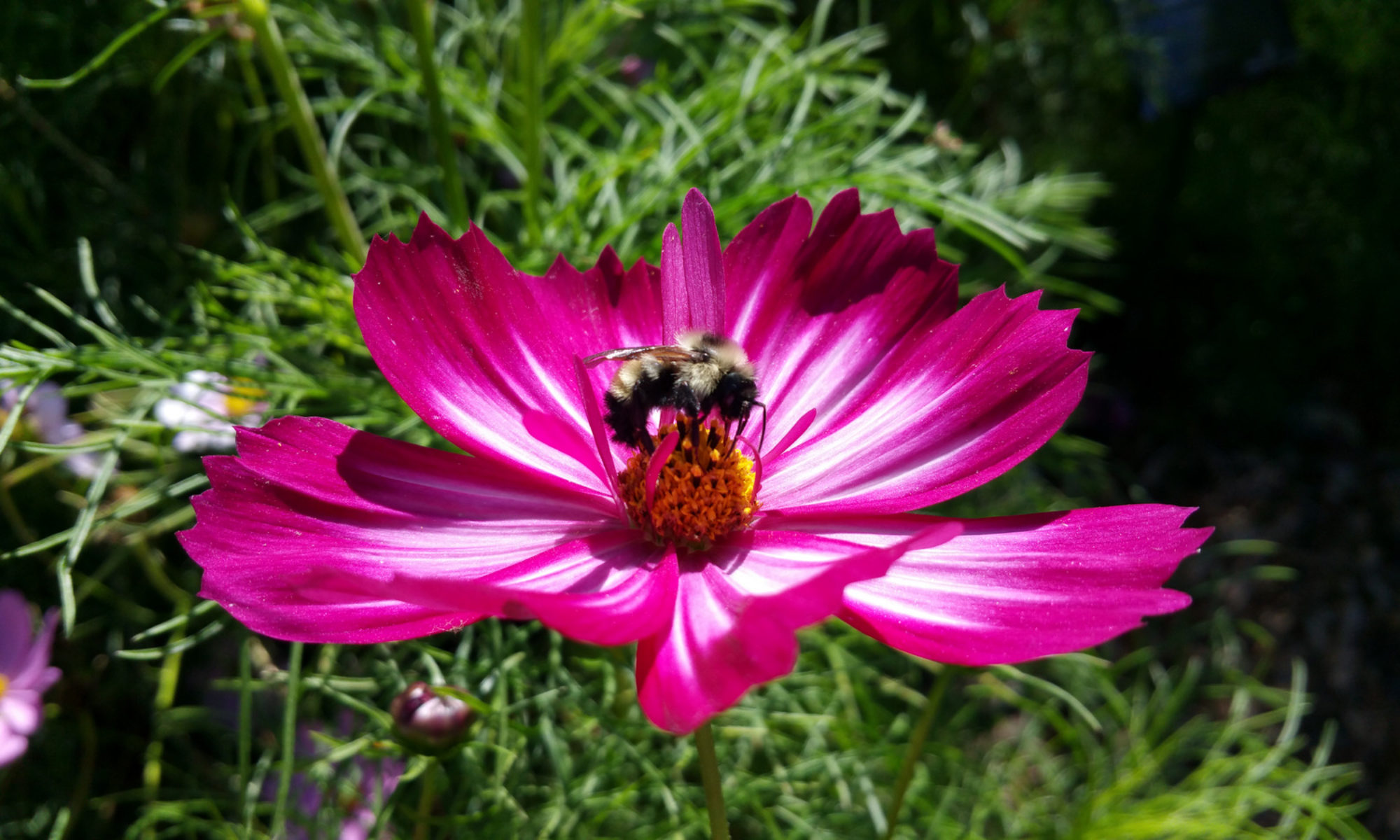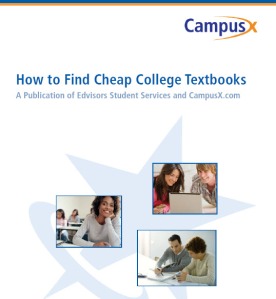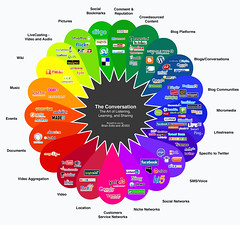If you’re looking to get a jumpstart on my classes at
Georgia Southern University this fall, here are the books that I will be using. I’ve linked to many of them at Amazon.com, but of course you can purchase them from anywhere you like. I recommend you try the Facebook Marketplace first, so you can get a good deal AND help a fellow student.
For All of My Classes
A USB drive, at least 1G
Corporate Public Relations (PRCA 3331)
Doorley, J., & Garcia, H. F. (2007). Reputation management: The key to successful public relations and corporate communications. New York: Routledge.
Li, C., & Bernoff, J. (2008). Groundswell: Winning in a world transformed by social technologies
Boston, MA: Forrester Research, Inc.
Public Relations Publications (PRCA 3339)
Morton, L. P. (2006). Strategic publications: Designing for target publics. Greenwood, AR: Best Books Plus.
Recommended but not required: Botello, C., & Reding, E. E. (2007). Design collection revealed: Adobe InDesign CS3, Photoshop CS3 & Illustrator CS3
Clifton Park, NY: Delmar Cengage Learning.
Public Speaking (COMM 1110)
German, K. M., Gronbeck, B. E., Ehninger, D., & Monroe, A. H. (2007). Principles of public speaking (16th ed.). New York: Allyn & Bacon.
Making Connections: Facebook & Beyond (FYE 1220)
No textbook required, but occasional access to a digital camera needed

Photo Credit: bookshelf, originally uploaded to Flickr by chotda



 If you teach Public Relations at a college or university and are also a user of
If you teach Public Relations at a college or university and are also a user of 

